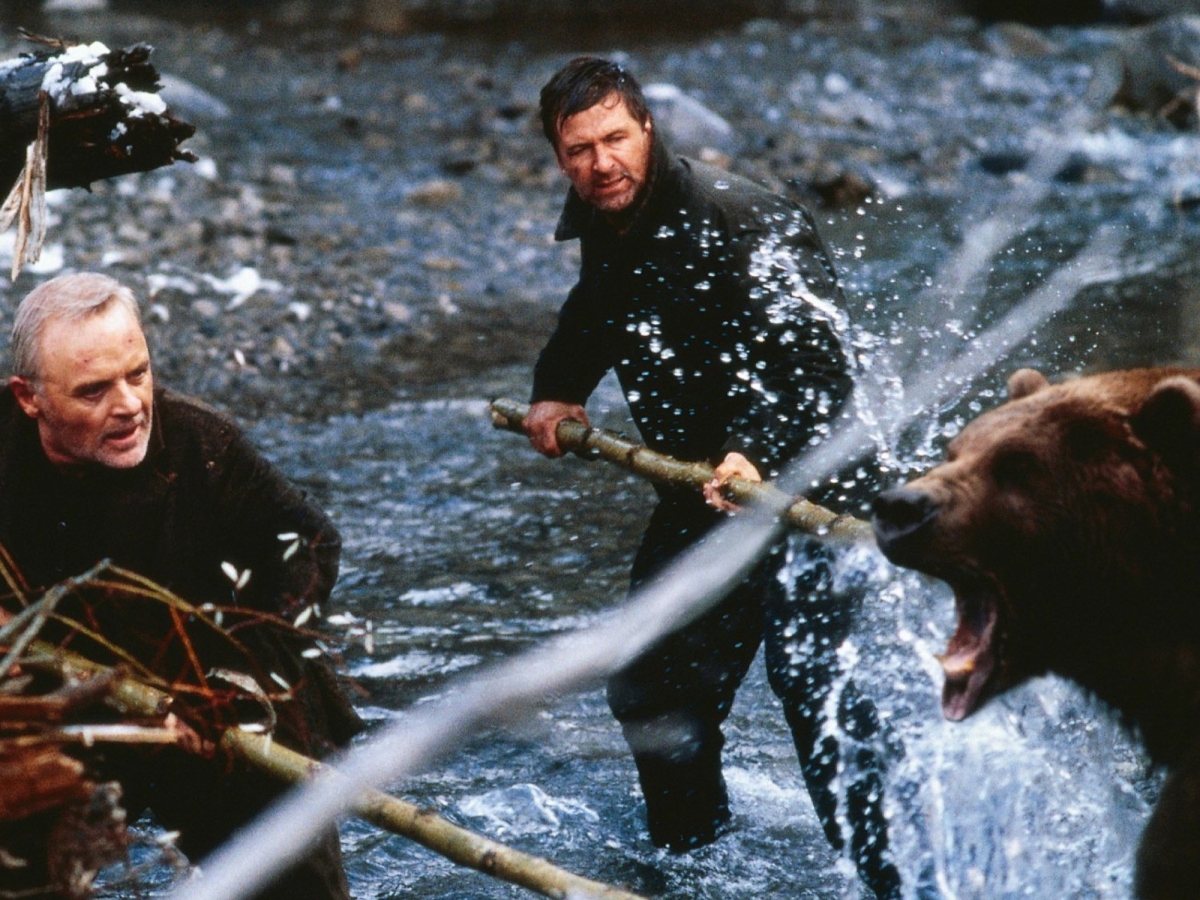It’s likely you may have heard of the old analogy of a frog who was put in a pot of cold water where it was moving and bouncing around happily. The frog was content with the temperature of the water and was content to be there even though it was constrained by the pot of water it found itself in. However, what the frog doesn’t know but as the analogy describes, the pot of water was controlled by a person who could raise the temperature quite quickly or increase the heat slowly and see the frog’s reaction.
In an experiment related to its own survival, the person experimenting with the frog wanted to see if they were aware of their surroundings enough to survive a test of their mobility and their survival instinct. The analogy describes the person not as cruel but wanting to measure how aware a frog would be of a pot of water in two different scenarios of change. The first scenario is where the temperature of the pot is raised slowly over minutes where the frog would not have a keen enough awareness that it would eventually be too hot for him or her to swim in and jump out before it would be boiled alive. The second scenario involves the pot of water being raised immediately in terms of heat causing the frog to jump out immediately to save itself since it is not accustomed to such a rapid change in temperature causing an abrupt reaction that would be self-preserving like any other creature would do.
The first scenario of this analogy means how easily a frog or even a person can be lulled into a false sense of security before it’s too late to change their surroundings. When things decline or worsen, you can rationalize it away or just be ignorant of the changes enough so you can be too complacent causing your own success or survival to be jeopardized. A rapid change of any kind will jolt us awake or spur us into action right away especially if left unaddressed could be fatal. When the temperature is continually raised by 5 degrees, we don’t really notice especially if it is done over a long enough period, causing us to adapt but not realize when the temperature is not going back down or being at a comfortable number again.
However, when you push the temperature or the pressure by 25 degrees right away, that will be enough warming to cause a change of behavior to preserve a sense of normalcy and safety. A frog will jump out of that pot of water with a 25-degree temperature rise but will probably stick around much longer when the temperature increases 5 degrees each hour until those 25 degrees may be too hot but by then it would be too late. Why use this boiling frog analogy and what does it matter to the person reading this? Well, it is an important reminder to not let things get out of control in your life or in the society that you live in before it is too late. Having constant vigilance and a keen sense of societal awareness is extremely important especially when you at least want to have some sense of control over a rapidly changing world. Whether it is having some survival skills, being able to take care of basic needs when disaster strikes or knowing how to get yourself out of potentially bad situations without any consequences, these are vitally important abilities to not overlook but to rather embrace for the rest of your life.
Whether you are a frog in a pot of water or a person in a society, you should monitor the temperature around you meaning you have to understand what is going on around you in terms of your surroundings. If things are getting steadily worse, you may have to make an adjustment to your life such as quitting that job, moving to another city, or even changing your habits. You can’t control external factors on your life, but you should be actively managing them. You shouldn’t be in risky situations or put yourself unnecessarily at risk. To use an idiomatic expression, if you do not like the way the wind is blowing, don’t go along with the currents. It’s better to be footloose than tied down to a situation that there is no exit from. Similarly, having an exit strategy or a Plan B is especially key to protect you, your family, and your loved ones. Whether it’s a natural disaster caused by climate change, a cyberattack that causes you to lose electricity or water where you live or a global pandemic that shuts down everything leaving you without many resources, you must make sure you prepare for these unlikely yet unfortunate events, which can occur, and to have a serious plan if the worst-case scenario were to occur.
It’s easy to be like your average frog and think that the water is always going to stay the same and you’ll always have that deep sense of security of your surroundings, but life is unfortunately not like that. Life and society itself can go hot or cold slowly and catch you off guard like the boiling frog. When a devastating event happens, it’s hard to not be caught flat footed but if you plan for it in advance, you can avoid the worst. However, if you do not plan at all for its possibility and end up like the frog being completely ignorant of events or situations getting progressively worse over time, you won’t be able to get out of that worst case scenario because you haven’t planned for it at all.
Like the frog jumping out of a big pot of water to survive frigid or scalding hot temperatures, you must be able to do the same if life or society throws you some serious adversity. You may not come out completely unscathed but if you maintain your awareness, plan for different possibilities in advance, and stay informed, vigilant of what’s always going on around you, you should be fine in the end.





